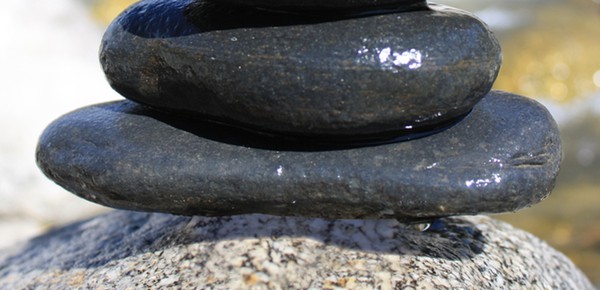
During the month of November I’ll be writing a weekly post as part of a series I’m dubbing Build A Better Workflow. The second instalment is focusing on habits and routines and what goes into adopting, fostering, and sticking with or abandoning them.
Habits and routines are a means of creating a connection — either with a thing or with yourself. But in the best cases, habits and routines create a connection with both. It’s through the adopting and fostering of habits that you truly can build a better workflow because you’re adding something consistent, something you can really trust, to the mix.
An example of a habit that has really enhanced my workflow has been the adoption and fostering of my journaling habit. I start off my day with a journal entry and I close my day with another one. Every time I stick to that routine, I find i’m more effective during the day and that leads into the day to follow. I’m also able to connect with my weekly review process a lot better because I’m essentially doing a mini-review each day.
When habits or routines get left by the wayside, you’ll notice. If they aren’t good for you, you’ll see a positive impact. But if they are good for you, you’ll see a negative impact. I saw that over the past few days in my own life. I wasn’t journaling twice a day because I felt that I was too busy with work. I was in a different environment (New York City), so I used that as a justification of sorts.
I was, in the words of my friend Michael Schechter, crap rationalizing.
I know this because I did write entries once on each of the days I was away. They were at odd times and didn’t resolve much, but the fact they were getting done in even the smallest of ways signified to me that they were such an important part of my workflow that even doing them slightly had a noticeable impact.
Tomorrow I’ll get back on that horse and start my twice-daily journaling routine once more. And I’ll feel better for it.
But how do you track habits and routines in order to measure their effectiveness? You do it bit by bit – and you only do one at a time.
Leo Babauta has written about this before. He adopts one habit at a time so that he can give it the utmost of his attention. I suppose that my suggestion of theming your months can also be used in this sense. Gretchen Rubin themed months for her book The Happiness Project and she wrote about the successes and failures that came along with that.
Making marked progress with smaller steps will lead to marked progress with bigger strides. It will just take time, intention, and attention for that to happen. Habits don’t just happen to be firmly entrenched overnight. Neither do routines. They need to be given the proper time and attention to stick. Fostering habits and routines isn’t about efficiency first; it’s about effectiveness above all else. Efficiency will show up eventually, but it’s no good without effectiveness.
I’ve used some apps to track my habits, but it’s not necessary. Apps like Habits, Lift, Way of Life, and Clever Routines can certainly help. But even though these apps can handle a slew of habit-building all at once, steer clear of going overboard with adding too many at once. Focus on building one habit or routine a month at first, and you’ll get better at developing ones that will work for you over the long haul.
And that’s going to make your workflow — and your work — that much better.
Photo credit: satty4u via SXC.HU

